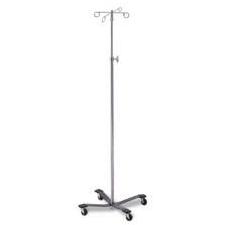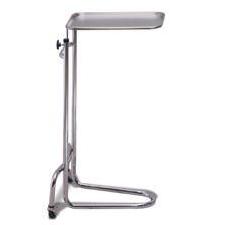- Model: PACS
- Units in Stock: 97
|
A Picture Archive Communication System, or PACS, is a network of computers that store, share, and display digital images taken in Diagnostic Imaging. Picture Archive and Communication Systems (PACS) follow the following popular architectural layout:
•Input modalities. These are the CT, MRI, CR, Ultrasound, and Nuclear Medicine systems or imaging devices where the C-STORE requests are coming from.
•DICOM server. This is mostly a program that runs as a background process and waits for the input modalities to send it DICOM formatted images using the DICOM 3.0 protocol. This system can also manage requests from workstations and other PACS.
•PACS server. This program contains a database that keeps track of every image in the PACS. It is also a file server to hold the received images, depending on the size of the disk file system and how many images that you desire to be online. There may be more than one file servers.
•Archive server. The archive server stores the images onto a long-term storage media other than the hard disk, such as MOD, DLT, DVD, etc. There may be a separate database that keeps track of what tape or MOD an image is archived on.
•Web server. The web server is a more cost effective way of distributing images to clinicians, rather than having to buy a radiology workstation at $70,000 to $100,000 a system. This can be either commercial HTTP servers (like Microsoft IIS) or public domain HTTP servers (like Apache).
•RIS (Radiology Information Server) interface computer. This is the interface between the RIS and the PACS database using HL7 to communicate between the two computer systems. It can also provides DICOM patient information to the imaging modalities.
•Radiology clients. The radiology clients are usually high powered systems that display and manipulate the images for the radiologists
Price was changed recently, so please send us email to sales@mobile-cr.com that we could provide you with update price information.
Add to Cart:
|







